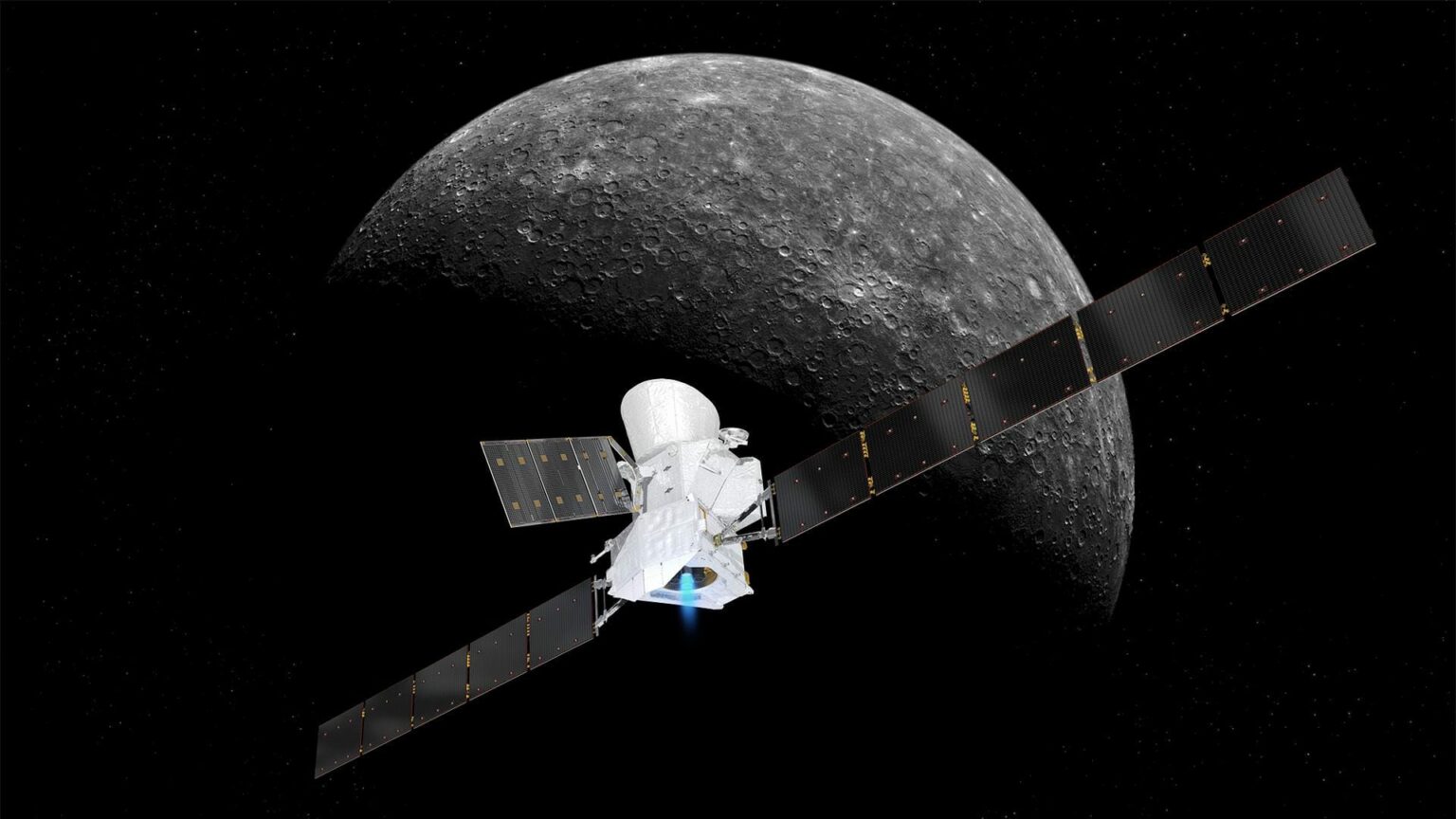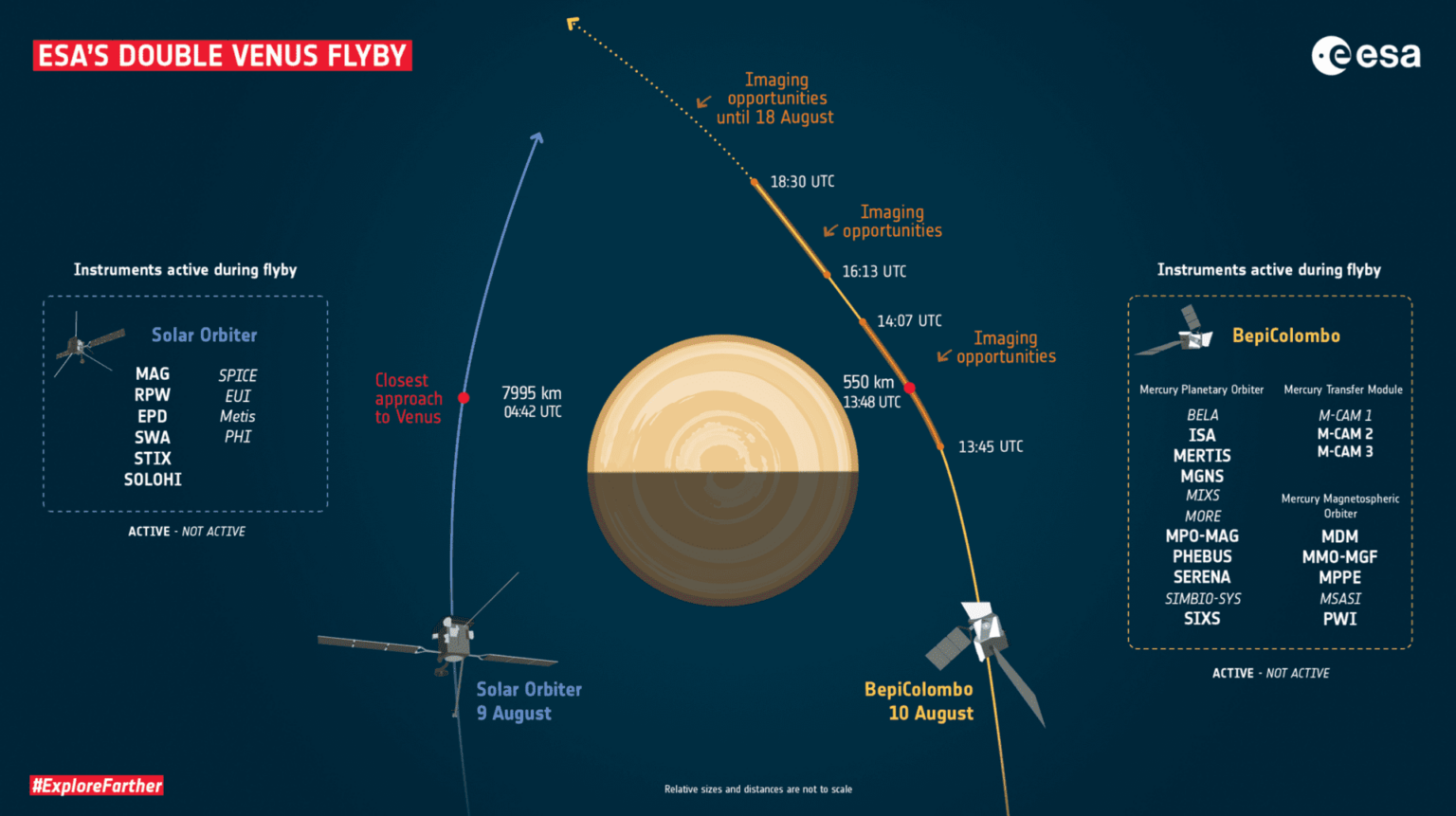The European Space Agency (ESA) launched the BepiColombo mission in 2018 with the goal of reaching orbit around Mercury in 2025. Prior to reaching its destination, the probe will make several flybys of the planet, including the recent close approach on Monday, June 19. This is due to the spacecraft’s trajectory, which includes a series of progressively closer flybys, utilizing the gravitational pull of the planet to adjust its course.

Between its launch in 2020 and arrival in Mercury’s orbit in 2025, the spacecraft will perform one flyby of Earth, two flybys of Venus, and six flybys of Mercury. The flybys of Earth and Venus have already been completed, and today BepiColombo is making its third flyby of Mercury, approaching to a distance of 240 kilometers from the planet’s surface. This maneuver will help decelerate the spacecraft so that it can eventually enter orbit.
“When BepiColombo starts feeling the gravitational pull of Mercury, it will be moving at a speed of 3.6 km/s relative to the planet. This is slightly more than half the speed at which it approached Mercury during the previous two flybys. And this is the essence of such events. Our spacecraft launched with too much energy to escape Earth’s gravity. To be captured by Mercury, the spacecraft needs to slow down. For this purpose, we utilize the gravity of Earth, Venus, and Mercury to shed velocity,” explained ESA flight dynamics expert Frank Budnik.

Despite the fact that the spacecraft is merely passing by the planet, scientists involved in the mission still wanted to make the most of this opportunity. Many of BepiColombo’s instruments were activated during the flyby, including those for measuring magnetic fields and plasma. These instruments will gather data about the surrounding environment near Mercury during the flyby. Additionally, the altimeter and radio test experiment of the spacecraft will also be activated.
“The collection of data during the flyby is extremely valuable for the science teams as it allows them to validate the functionality of the instruments prior to the main mission. It also provides a unique opportunity to compare data collected by NASA’s Messenger spacecraft during its mission to Mercury from 2011 to 2015 with additional locations around the planet that are typically inaccessible from orbit. We are pleased to already have published data from our previous flybys, which have yielded new scientific results,” said Johannes Benkhoff, a scientific collaborator on the BepiColombo project at ESA.
Earlier, we showed Mercury through the eyes of BepiColombo .
According to ESA.
